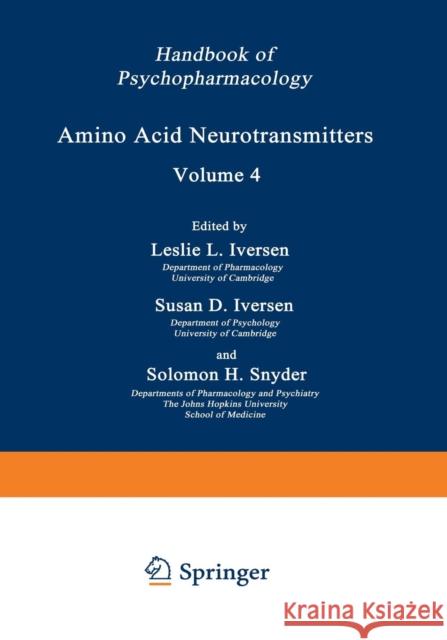Amino Acid Neurotransmitters » książka
topmenu
Amino Acid Neurotransmitters
ISBN-13: 9781468431766 / Angielski / Miękka / 2013 / 317 str.
Kategorie:
Kategorie BISAC:
Wydawca:
Springer
Seria wydawnicza:
Język:
Angielski
ISBN-13:
9781468431766
Rok wydania:
2013
Wydanie:
Softcover Repri
Numer serii:
000465730
Ilość stron:
317
Waga:
0.57 kg
Wymiary:
25.4 x 17.78 x 1.75
Oprawa:
Miękka
Wolumenów:
01
Dodatkowe informacje:
Wydanie ilustrowane











